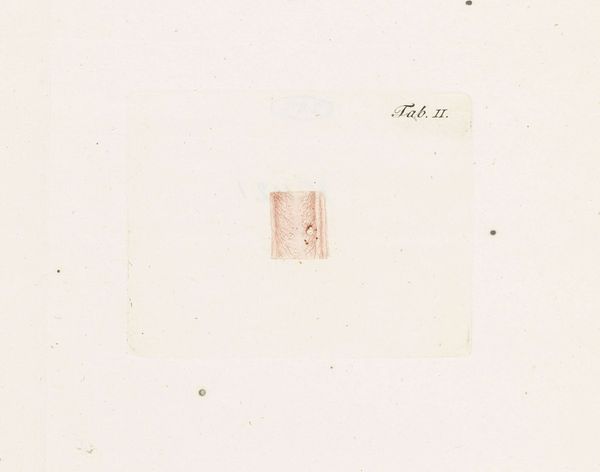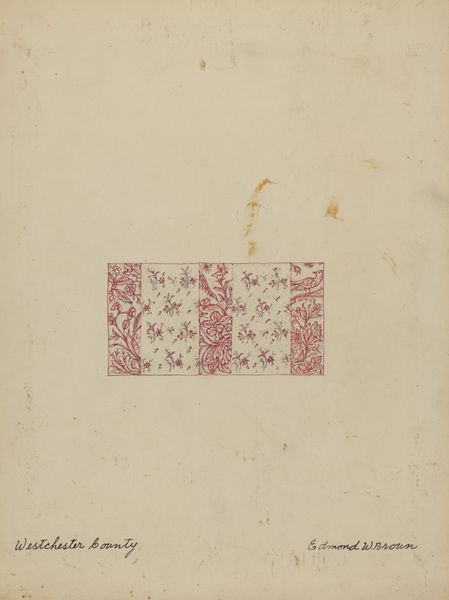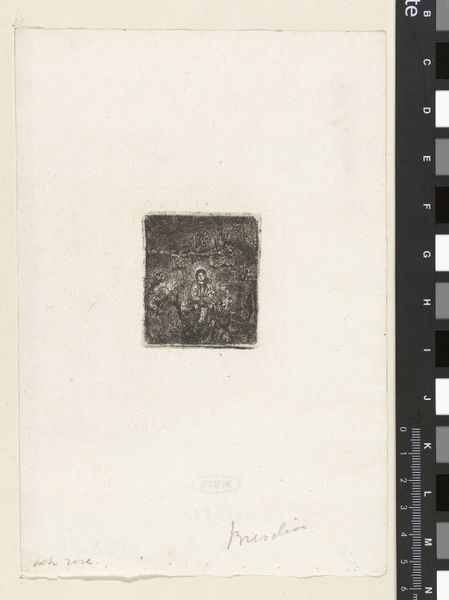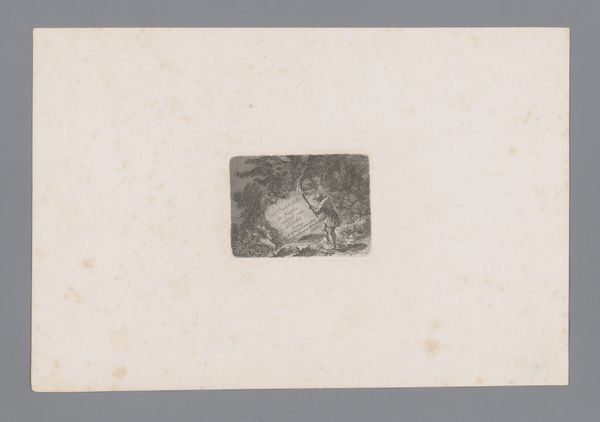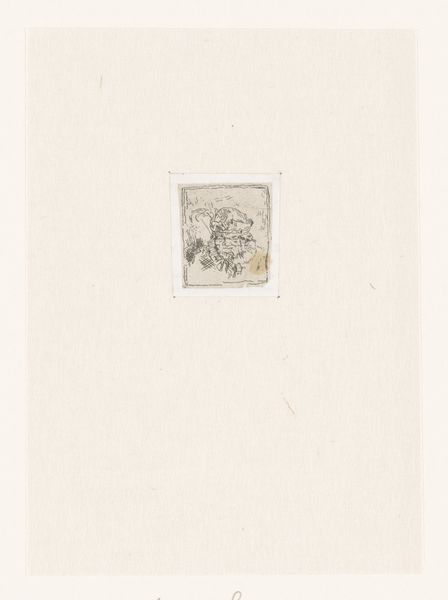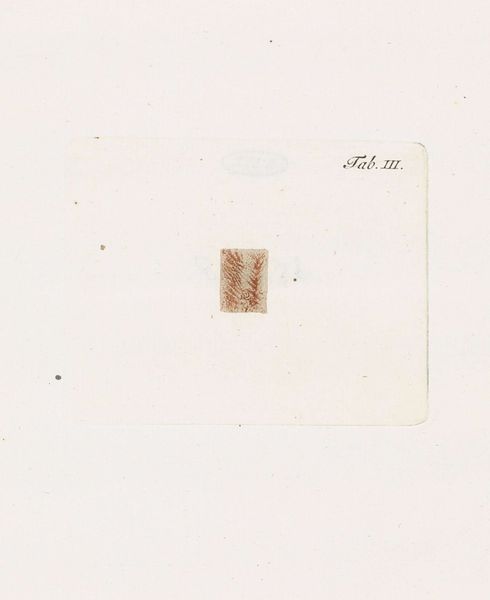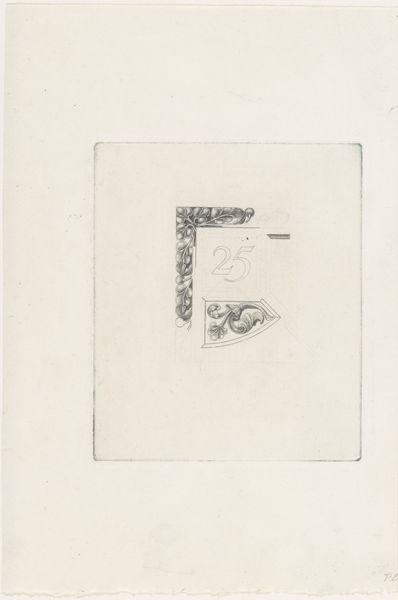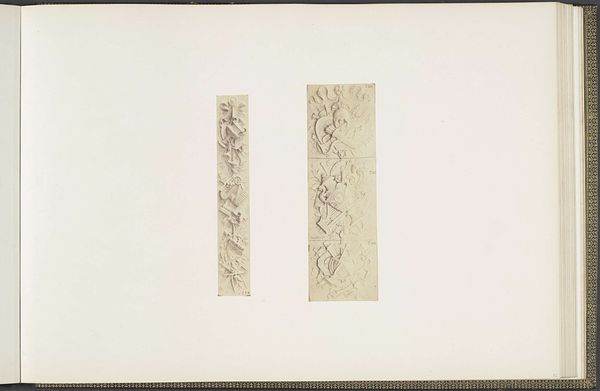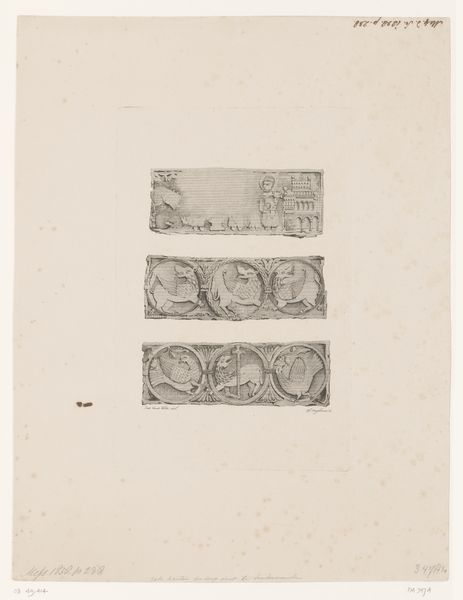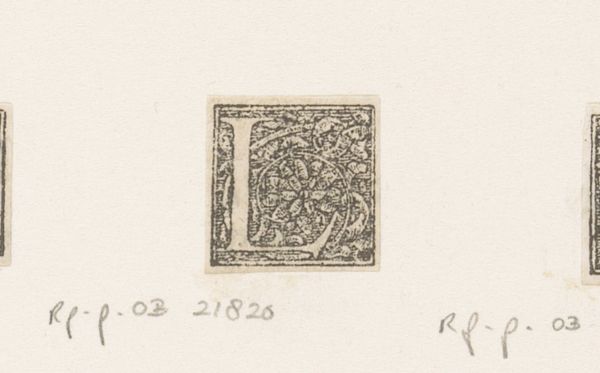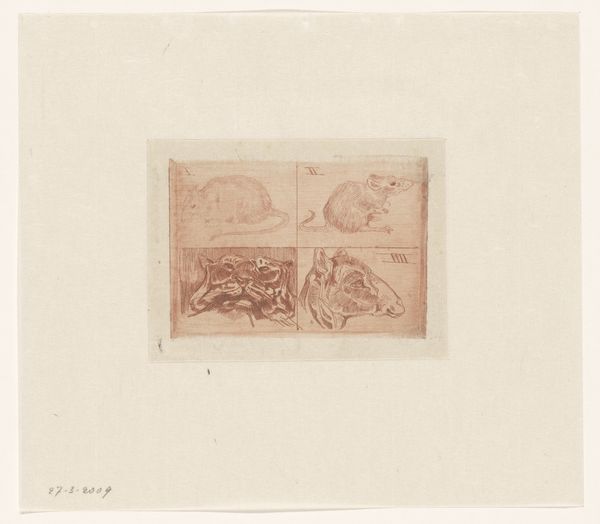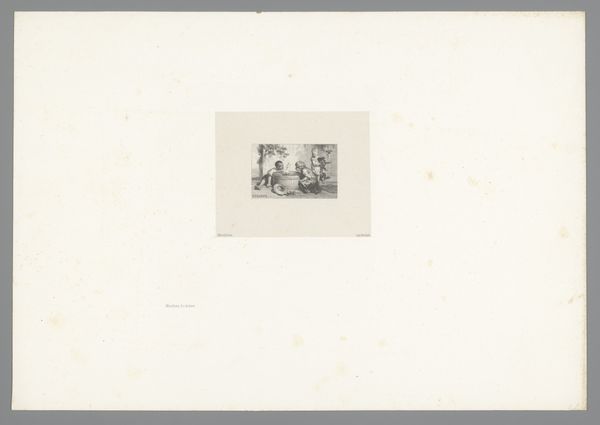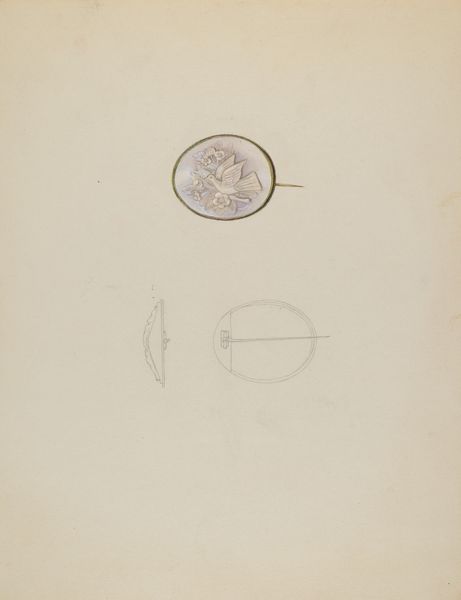
drawing, print, etching, paper, ink
#
drawing
#
neoclacissism
# print
#
etching
#
paper
#
ink
#
geometric
#
orientalism
#
academic-art
#
watercolor
#
realism
Dimensions: height 77 mm, width 95 mm
Copyright: Rijks Museum: Open Domain
Curator: Right, so this is "Anatomische afbeelding" from 1785, housed here at the Rijksmuseum. It’s a drawing, specifically an etching and print on paper using ink. Editor: Immediately, I’m struck by how incredibly...contained it is. Such a tiny little world held within that square. There’s something about its scale that invites such intense scrutiny. What am I even looking at? Some kind of ancient glyph? Curator: Well, if you think about it, anatomical drawings at the time weren’t just about cold, clinical observation. This piece, for instance, with its nod to both academic art and realism, suggests a fascination with the "oriental," hinting at a worldview colored by exploration, colonization, and…well, a certain appropriation of knowledge. Editor: Ah, I see. So not just detached scientific inquiry, but tangled up in the whole messy business of empires. It feels strangely decorative for something so fundamentally about the human body. The swirling lines, they almost resemble vines. Ironic, considering. Curator: The neat, almost geometric arrangement of lines...the intersection of science and this fascination with the orient... it does ask some interesting questions. Whose body is being depicted? Who is doing the depicting, and to what end? It would be intriguing to think about its role within the power dynamics of its time. Editor: It feels oddly distant. As though looking through the wrong end of a telescope at something deeply personal. I mean, on one level it's a set of objective scientific observations, but you also can't divorce it from its time. Everything we now know, things that the artist did not. Curator: It definitely gives us a point of entry into thinking about representation, knowledge, and how we continue to make sense of our bodies in a very confusing world. Editor: Agreed. I guess what really intrigues me is the way it makes you question, not just "what" you are looking at, but "how" you're looking, "why" this image even exists in the first place. It transcends just cold fact, as that information will always grow beyond an image from its time. Curator: Ultimately, I think pieces like this challenge us to think about the human condition in an ever complex world. Always worth exploring!
Comments
No comments
Be the first to comment and join the conversation on the ultimate creative platform.
